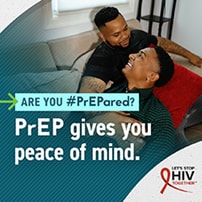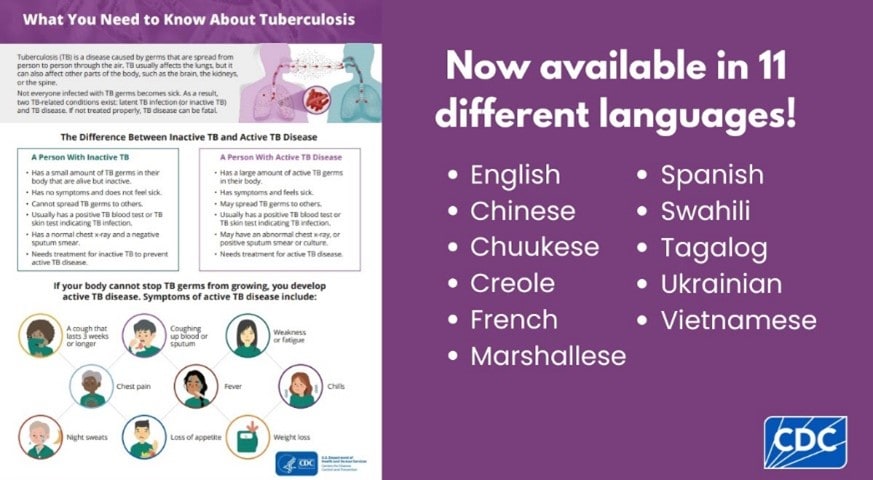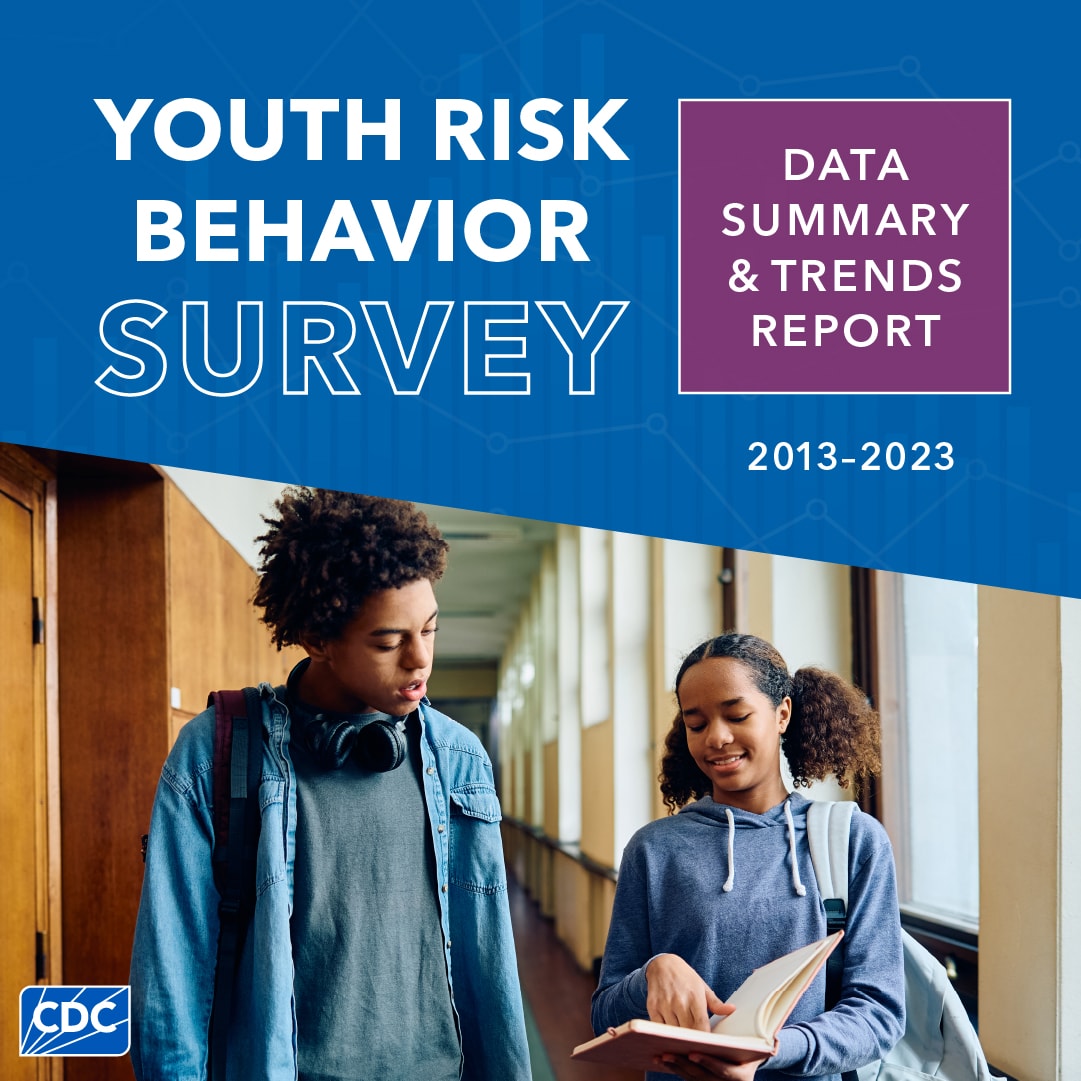At a glance
Liver cancer awareness month, NCHHSTP's syndemic approach, preventing influenza and COVID-19, PrEPared to help end the HIV epidemic in the south, CDC's Youth Risk Behavior Survey data summary & trends report: 2013-2023
Stay connected
Get Connections in your email
From the director

Dear Colleagues:
As we move into the fall season, I wanted to highlight three important health topics in this issue:
Liver Cancer Awareness month
October is Liver Cancer Awareness month. Hepatitis B and hepatitis C are leading causes of liver cancer in the U.S.. Diagnosing and treating people for hepatitis B and C and vaccinating for hepatitis B prevent liver cancer. CDC has resources for patients including Viral Hepatitis Basics and for health professionals please see Hepatitis B Resources for Health Care Professionals, Hepatitis C Resources for Health Care Professionals, and Clinical Overview of Viral Hepatitis. For vaccination resources for hepatitis B see Hepatitis B Vaccine Administration and for information about prevention hepatitis C see Hepatitis C Prevention and Control. Through testing, treatment, education, and outreach we can work together to help prevent liver cancer.
NCHHSTP's syndemic approach
NCHHSTP's syndemic approach supports positive opportunities to enhance individual and population health by removing barriers and increasing the efficiency of services by providing thoughtful, holistic care. We just posted on the web a description of this approach and some specific priority strategies.
Preventing influenza and COVID-19
Protect your health with seasonal vaccinations. Although beneficial for everyone, flu and COVID-19 vaccinations are particularly useful for people at risk for more severe illness, including people with HIV with low CD4 cell counts. CDC offers influenza resources for people living with HIV at Flu & People Living with HIV | CDC. For COVID-19 resources please see People with Certain Medical Conditions and COVID-19 Risk Factors | COVID-19 | CDC and Living with HIV | HIV | CDC for more information.
Publication highlights
Progress Toward Achieving National HIV/AIDS Strategy Goals for Quality of Life Among Persons Aged ≥50 Years with Diagnosed HIV — Medical Monitoring Project, United States, 2017–2023
One of the priority 2025 goals of the National HIV/AIDS Strategy (NHAS) is to ensure a good quality of life for persons diagnosed with HIV (PWH). For the growing population of PWH over the age of 50, progress for quality-of-life goals has not be assessed. This report looks at recent trends and how multisectoral strategies can be utilized to improve indicators such as employment, food security, mental health, and access to housing.
Suggested citation for this article: Beer L, Tie Y, Crim SM, et al. Progress Toward Achieving National HIV/AIDS Strategy Goals for Quality of Life Among Persons Aged ≥50 Years with Diagnosed HIV — Medical Monitoring Project, United States, 2017–2023. MMWR Morb Mortal Wkly Rep 2024;73:781–787. DOI: http://dx.doi.org/10.15585/mmwr.mm7336a1
New product offerings

PrEPared to help end the HIV epidemic in the south
PrEPared/PrEParado is a new initiative under the Let's Stop HIV Together campaign. It aims to reach Black and Latino Gay, Bisexual, same gender loving, and other men who have sex with men (BLMSM) in the south and their providers to increase the demand for PrEP among men and increase prescribing behaviors among providers. The Together campaign developed PrEPared in response to the disproportionate burden of HIV among BLMSM coupled with disparities in PrEP uptake.
PrEPared will focus efforts in the southern United States, where almost half (47%) of new infections among gay and bisexual men occur. In English and Spanish, there will be direct advertising and outreach to priority populations in EHE jurisdictions in the Southern United States. The initiative will be tailored and responsive to community needs and resources in six jurisdictions. This co-implementation will occur in Alabama, Arkansas, Mississippi, Fulton County, GA, Dallas County, TX, New Orleans, and East Baton Rouge Parishes, LA. PrEPared has a collection of digital and print materials, including video PSAs, social media graphics, GIFs, pull-up banners, palm cards, and pill containers. The initiative will run through February 2026.

"What You Need to Know About TB" fact sheets available in new languages
What You Need to Know About Tuberculosis informs readers about the transmission, symptoms, testing, and treatment of TB. The fact sheet is now available in 11 languages: English, Chinese, Chuukese, Creole, French, Marshallese, Spanish, Swahili, Tagalog, Ukrainian, and Vietnamese.
News media updates

CDC's Youth Risk Behavior Survey Data Summary & Trends Report: 2013-2023
The Youth Risk Behavior Survey Data Summary & Trends Report: 2013-2023 provides the most recent Youth Risk Behavior Survey data on health behaviors and experiences of high school students in the US. This year's report highlights 2023 data, two-year changes from 2021 to 2023, and 10-year trends from 2013 to 2023. While improvements in mental health and suicidal thoughts and behaviors are promising, there were also concerning increases in students' experiences of violence at school and absenteeism due to safety concerns.
CDC supports schools to improve student health through proven strategies. Promoting Mental Health and Well-Being in Schools: An Action Guide for School and District Leaders provides six strategies that can prevent mental health issues and promote positive mental health. The What Works in Schools program, which helps school districts improve health education, connect youth to needed services, and create safe and supportive learning environments to promote the sexual, behavioral, and mental health of students. These prevention approaches are part of the larger investment that schools, states, federal agencies, and other partners have been making in response to challenges facing today's youth.
